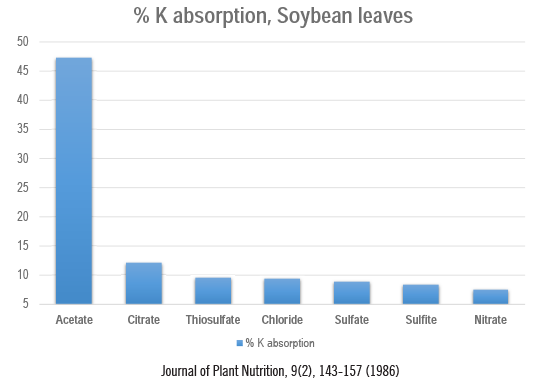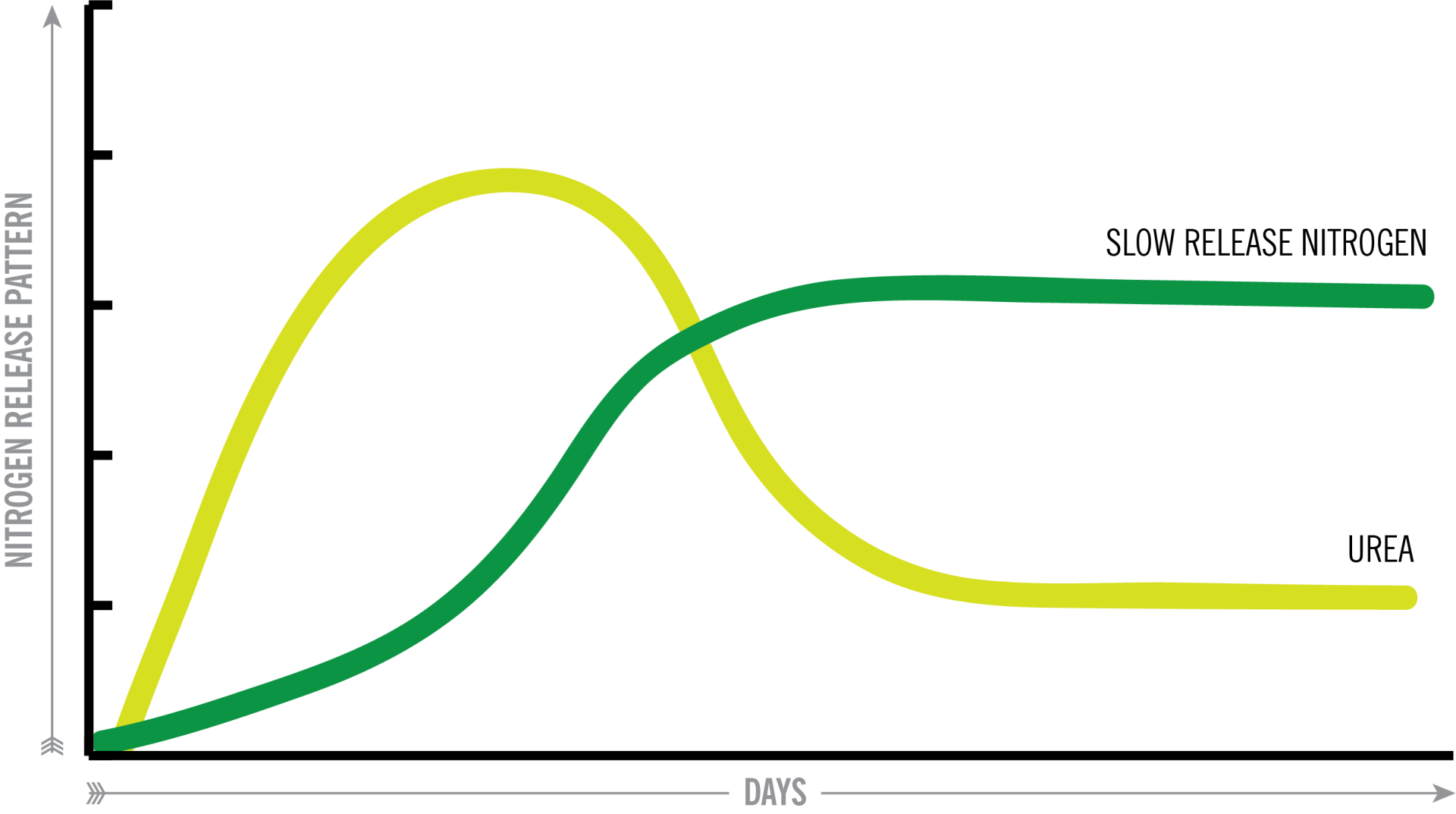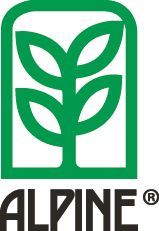Foliar Nutrition
NPK

Micronutrients
ALPINE micronutrients are versatile and can be easily mixed with most crop protection chemicals for timely applications.
Slow Release N
Slow release nitrogen products allow plants to absorb nitrogen on the leaf surface several weeks after foliar spraying. Nitrogen is a critical component throughout the growth and development of plants, and when used in conjunction with N-P-K fertilizers, can help maximize yields. Slow release nitrogen products can also be incorporated with most crop protection chemical programs for timely applications.

“One of the touted benefits of foliar fertilization is the increased uptake of nutrients from the soil.”
–George Kuepper, NCAT Agriculture Specialist, Foliar Fertilization, 2003
The effectiveness of foliar applied nutrition was first reported by the Michigan State University in the early 1950s. The U.S. Atomic Energy Department provided the University with a grant and radioisotopes of all nutrients for them to study the rates of absorption and movement within the plant. These early studies concluded that foliar applied nutrients were 8-10 times more effective in supplying the required nutrients than soil applied nutrients.
Other work has established the equivalency of foliar applied nutrients to soil applied nutrition. This type of work confirms what growers are seeing in their fields when foliar nutrition is used with a base fertilizer program.
The advantages of using foliar applied nutrition with a base fertility program are:
- Correct nutrient deficiencies as determined from soil or tissue tests
- Strengthen damaged crops
- Speeds up growth
- Stimulate root uptake
- Provide nutrient efficiency
Foliar nutrition results are highest when the plant is showing high growth activity, going from the vegetative to reproductive stage and when deficiencies are present or when the crop has been damaged. To achieve the best results, the foliar product should contain nitrogen to act as an electrolyte to carry the other nutrients and phosphorous to move the nutrients within the plant.
The foliar nutrients enter the plant through the leaf stomata and hydrophilic pores in the leaf cuticle. The nutrients are only absorbed while in solution on the leaf surface.
For this reason, applications are best made in mornings and evenings when heavy dew is on the leaf surface, when there is high humidity, and temperatures are below 68°F.
The initial benefit of a foliar application is an increase in chlorophyll synthesis which can often result in leaves turning a darker green. The increase in photosynthetic activity will stimulate extra root growth; in turn the root hairs excrete excess sugar which stimulates microbial colonies. These bacterial colonies provide auxins and other root stimulating compounds. With the increase in cellular activity gas exchange increases the uptake of water. As the roots take up more water they also bring in more of the nutrients from the soil solution. The foliar application stimulates the entire “pumping system” in the plant to increase the uptake of the base applied nutrition.
Crops benefit in two manners by the foliar application of nutrients:
- by the rapid influx into the plant of the foliar applied nutrients
- by the increased uptake of the base applied nutrients
This planned approach, utilizing staged foliar applications, delivers the highest efficiency of nutrients and the greatest ability to minimize negative influences of stress factors which in turn creates the highest return on the investment of the grower’s crop nutrition program.


